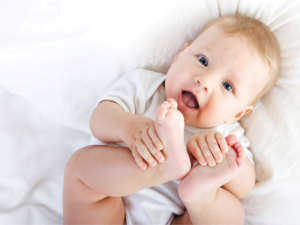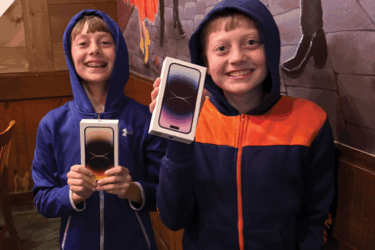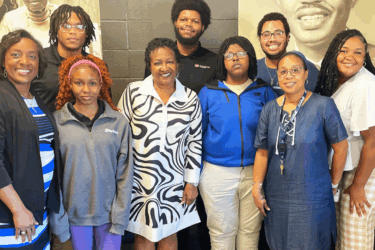When it comes to the health of infants, nothing can be taken for granted. It’s important for parents to know what precautions and preventive measures can be taken to keep their babies as healthy as possible. This is especially true for pediatric eye health. In many cases, failure to identify symptoms early on can result in vision loss and even blindness.
Soon after babies are born, doctors examine their eyes to rule out any immediate neonatal problems. But in the weeks and months following the birth, parents should monitor their infants’ eyes to check for signs of abnormalities.
Dr. Joseph Barr is a world-renowned optometrist and a member of the global advisory council for the Pediatric Cataract Initiative, a new initiative from the Bausch & Lomb Early Vision Institute and Lions Clubs International Foundation. He shares the following tips to help parents identify vision problems during those first critical months of life.
First eye exams are vital
Dr. Barr recommends children have an eye exam before their first birthday. If there is a significant family history of eye problems, then he recommends an eye exam during the first six months.
“Eye care professionals offer different recommendations on when that first eye exam should take place for a child,” he says. “While opticians, ophthalmologists and pediatricians may differ in their point of view, I personally like to see my grandchildren get their eyes checked within the first 12 months. An infant’s visual system is developing so rapidly in the first year that any abnormalities in vision can have long term effects if not identified and corrected quickly.”
Concerns over lazy or crossed eyes
During the first few months of life, many babies appear to have misaligned eyes. This is not usually the case. It’s often an illusion caused by the relatively large size of their eyes. However, there can be conditions that result in misalignment. Crossed eyes occur at a rate of about four percent in the general population.
Another approximately three percent of children are eventually diagnosed with amblyopia. Sometimes referred to as “lazy eye,” amblyopia prevents both eyes from working together to produce consistently aligned binocular vision, thus hindering the development of a normal visual pathway. Signs to look for are children covering up or closing their eye or tilting or turning their head to favor one eye.
If a child is showing these signs, they should visit an eye care practitioner right away, since amblyopia and crossed eyes can result in certain problems such as distorted depth perception. Early diagnosis and correction is important to prevent long-term vision problems.
Pediatric cataract
At birth or soon thereafter, a doctor will examine infants for a "white pupil" instead of the normal black pupil in both eyes. This often identifies a pediatric cataract. If your baby does show signs of cataract, removal of the cataract and follow up care in the first weeks and months of life is important. Failure to act or delay in treatment can lead to loss of vision or functional blindness.
The newly founded Pediatric Cataract Initiative is designed to identify, fund and promote innovative methods of overcoming pediatric cataract—a debilitating childhood condition clouding the eye’s natural lens—for the long-term benefit of children, their families and their communities.





